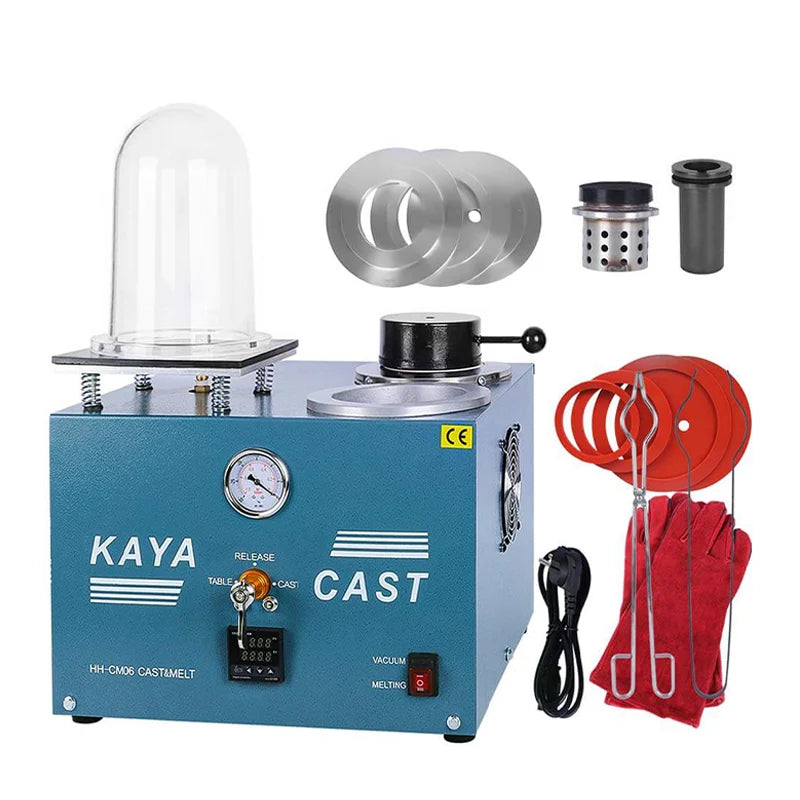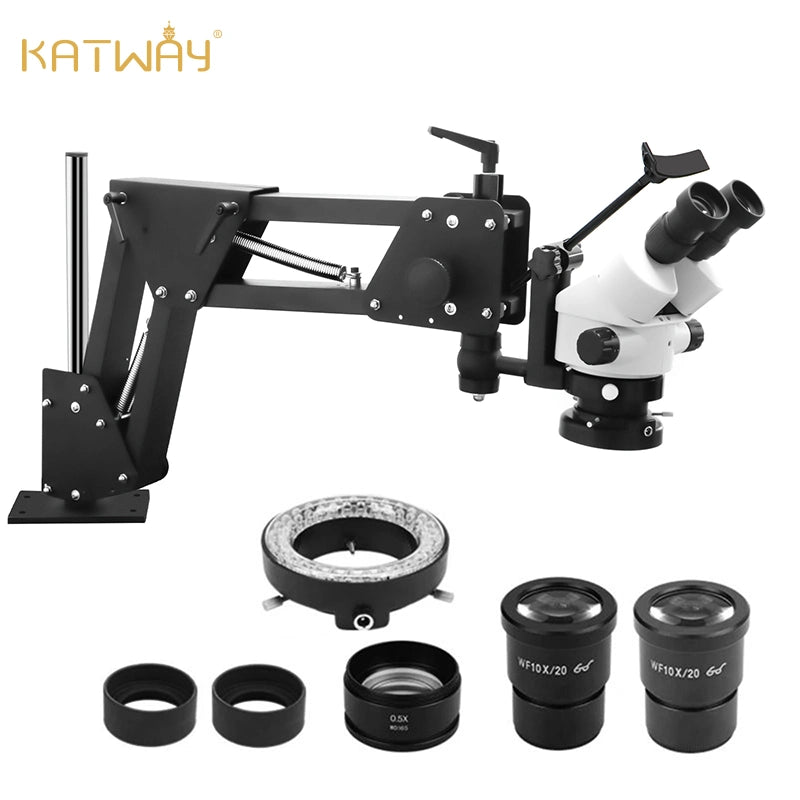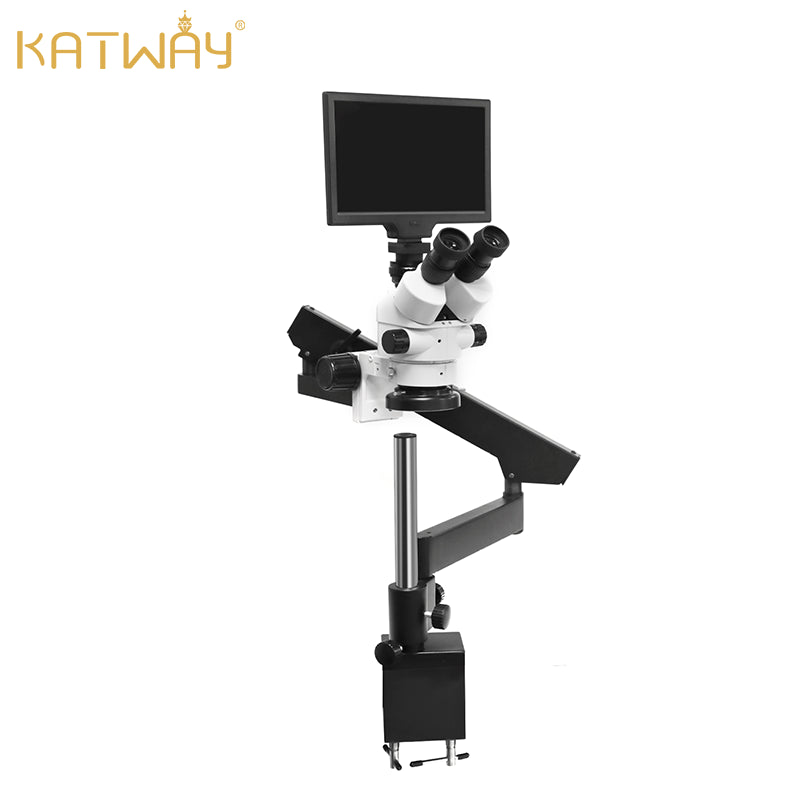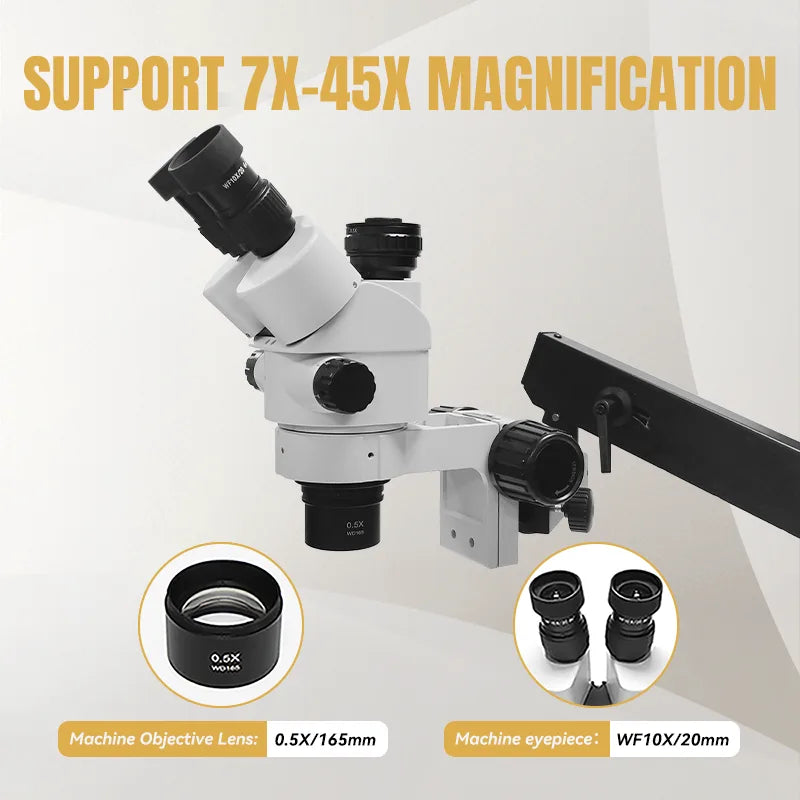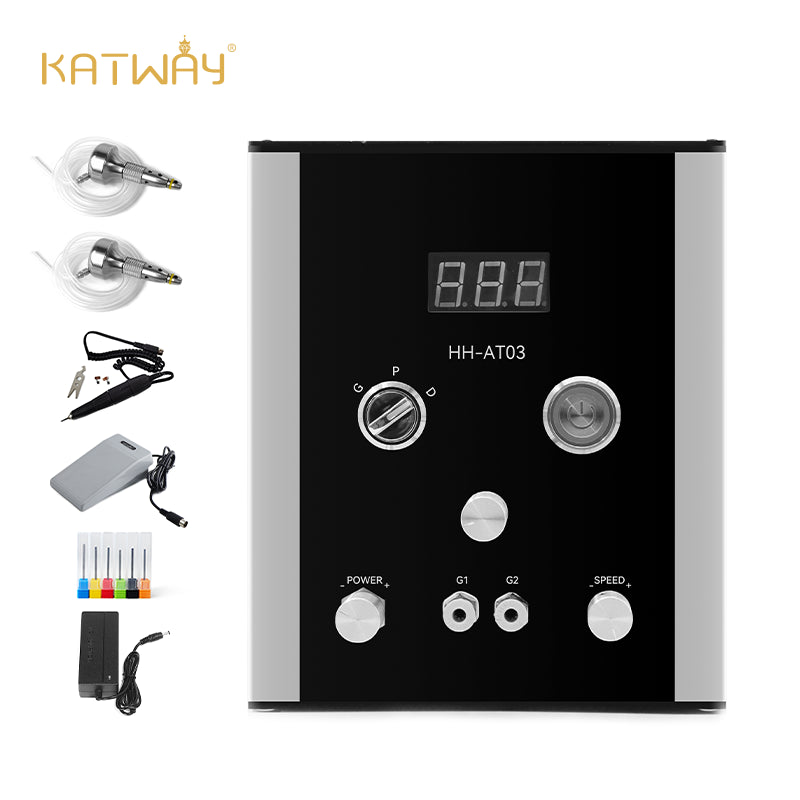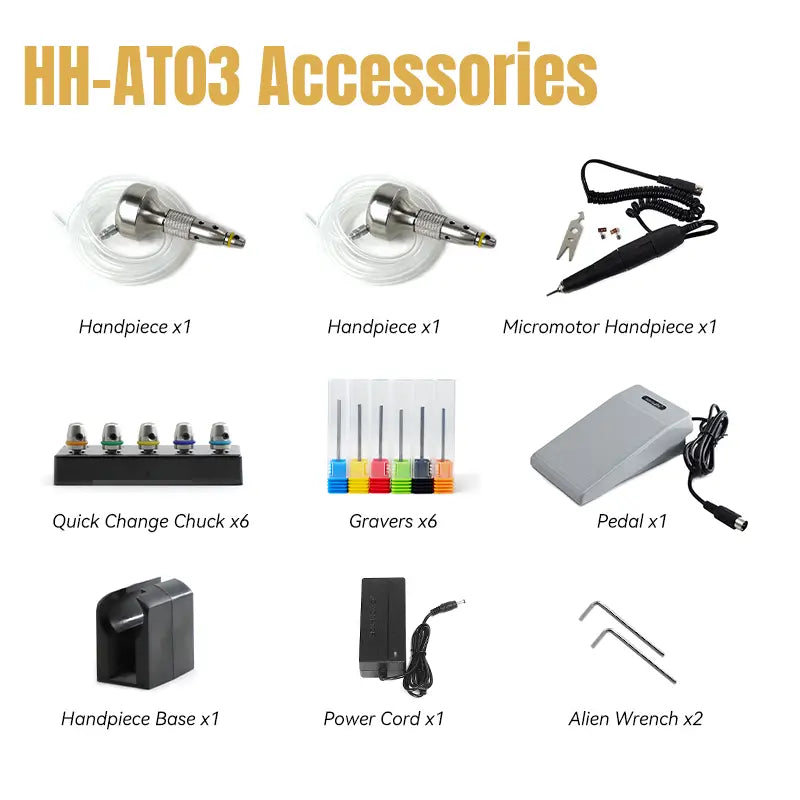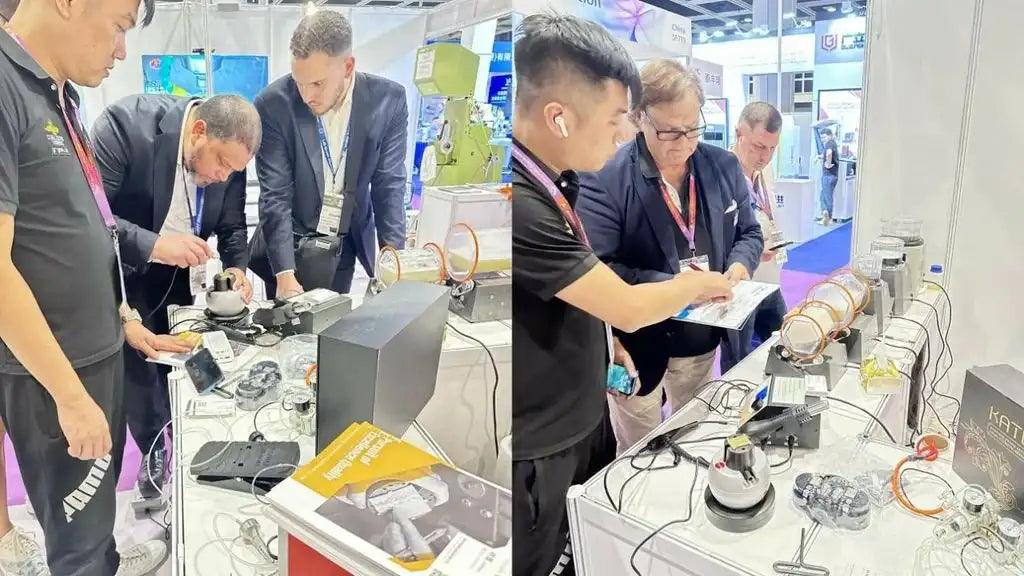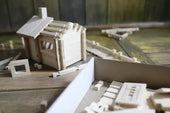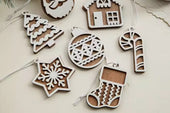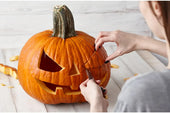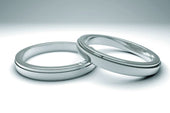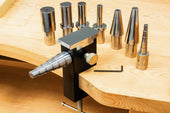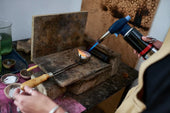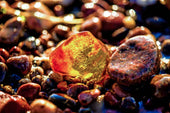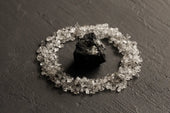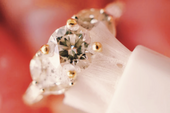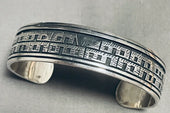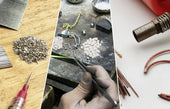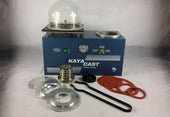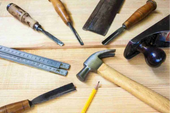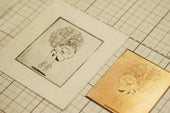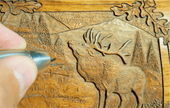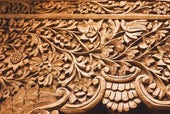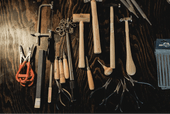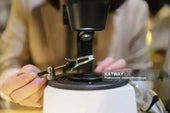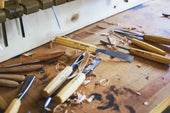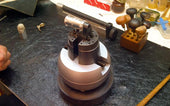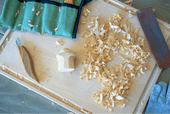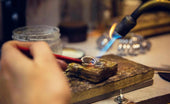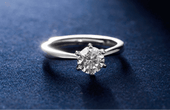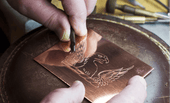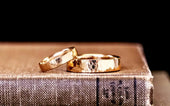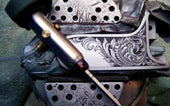Vacuum Casting in Jewelry-Making: Tips and Considerations
Jewelry making is a very delicate craft with extremely strict requirements, and casting is one of the very important processes. Now let us understand vacuum casting technology. Vacuum casting technology is widely used in jewelry making. It lays a good foundation for jewelry engraving. Whether you are an experienced jewelry craftsman or just starting out, using a casting machine is an essential process for creating jewelry. In this guide, we will discuss several aspects that need to be paid attention to when using a vacuum casting machine in jewelry making.
Learn about vacuum casting
Before we learn more about vacuum casting machines, let us first understand what vacuum casting is.
Vacuum casting is a casting process in which metal is melted, poured and crystallized in a vacuum. Vacuum casting can minimize the gas content in the metal and prevent metal oxidation. Vacuum casting can be used to manufacture special metal castings with high requirements, such as special alloy steels, alloys that are easily oxidized, etc. Vacuum casting is expensive and is generally used to smelt alloys and high-quality castings with high vapor pressure and easy volatilization loss. The casting mold can contain volatile matter.
The steps of vacuum casting are as follows:
- Make a mold. This template serves as the basis for the final shape of the metal. It is a very important step.
- Wrap the prepared mold with melted film casting material to store the metal that needs to be melted.
- Place the mold into a vacuum chamber or machine to remove air and form a vacuum sealed environment.
- When melting metal in a furnace, it is necessary to ensure that the temperature in the furnace reaches the temperature required for casting.
- Inject the molten metal into the mold under vacuum conditions to ensure that there are no bubbles in the finished product.
Some things to note
Now that we understand vacuum casting, let’s take a look at some precautions for vacuum casting machines
1. Equipment and settings
Successful vacuum casting requires making sure you have the necessary equipment and safety features
- Vacuum Casting Machine: Investing in a reliable vacuum casting machine is essential. You can choose a suitable vacuum casting machine based on your needs for functionality and capacity.
- Smelting furnace: If you want to vacuum cast, smelting is an indispensable part of metal casting. Necessary maintenance and calibration of the smelting furnace is required to ensure that the expected temperature can be accurately reached during use.
- Investment materials: Investment materials suitable for casting need to be selected, and the mixing ratio and solidification time need to be controlled according to the instruction manual.
- Wax Model: To create an accurate wax model of your jewelry design, care should be taken that it is free of blemishes and usage defects.
- Safety equipment: This is essential. For your safety, please wear relevant safety equipment correctly, such as goggles, insulated gloves, etc.
- Ventilation: Maintain good ventilation during the casting process as fumes can be generated during the casting process.
2. Production of wax model
Preparing the wax model is a key step in vacuum casting, and the following should be noted:
- Quality control: Check whether the wax model is defective or damaged, such as bubbles, cracks, etc. After checking, continue with the following operations. If there are any problems, make up for them in time.
- Sprue: Connect the wax model to the sprue (the channel through which molten metal needs to flow). Make sure the connection is in the correct location and is strong.
- Investment material: Prepare the investment material according to the instructions. Make sure that the investment material has been adjusted to a suitable consistency for molding.
3. Casting procedure
Proper execution of the casting process is critical to success and you need to control the following:
- Precisely control the temperature of molten metal. One needs to know the melting point of the metal being cast.
- Make sure there is a vacuum during vacuum pouring, which can create vacuum pressure to remove the air in the investment material.
- Carefully inject the molten metal into the mold. The vacuum will cause the metal to fill every gap.
- Make sure the casting has completely cooled before taking it out of the mold, otherwise the original structure will be destroyed.
4. Cleaning inspection
After casting, it needs to be cleaned and inspected:
- Remove the investment material from the casting to ensure there is no residue
- Check the castings for defects, gaps, etc., and solve the problems as necessary.
- Perform finishing processing on the casting, such as polishing, diamond setting or other element design.
5. Machine maintenance and operating safety
- It is necessary to follow the machine's instructions for maintenance so that the machine can always maintain its best condition.
- You need to wear safety protection equipment correctly when operating, and always put safety first.
6.Learn
The process of jewelry making requires continuous learning, including vacuum casting technology. This way you can continuously improve your skills and create more beautiful jewelry. You can attend jewelry workshops and seek guidance from experienced people, or you can seek help on social media to learn more and incorporate it into your technique.
In conclusion
Learning to make jewelry is a long journey, and you can continue to improve your skills and create high-quality works. To learn about the production equipment and production methods, you can follow our social media. If you have any questions when purchasing equipment, you can ask us and our professional technicians will answer your questions for you.
View more related articles
Engraving machine safety operation matters
A master craftsman's experience with sanding techniques for wood materials


